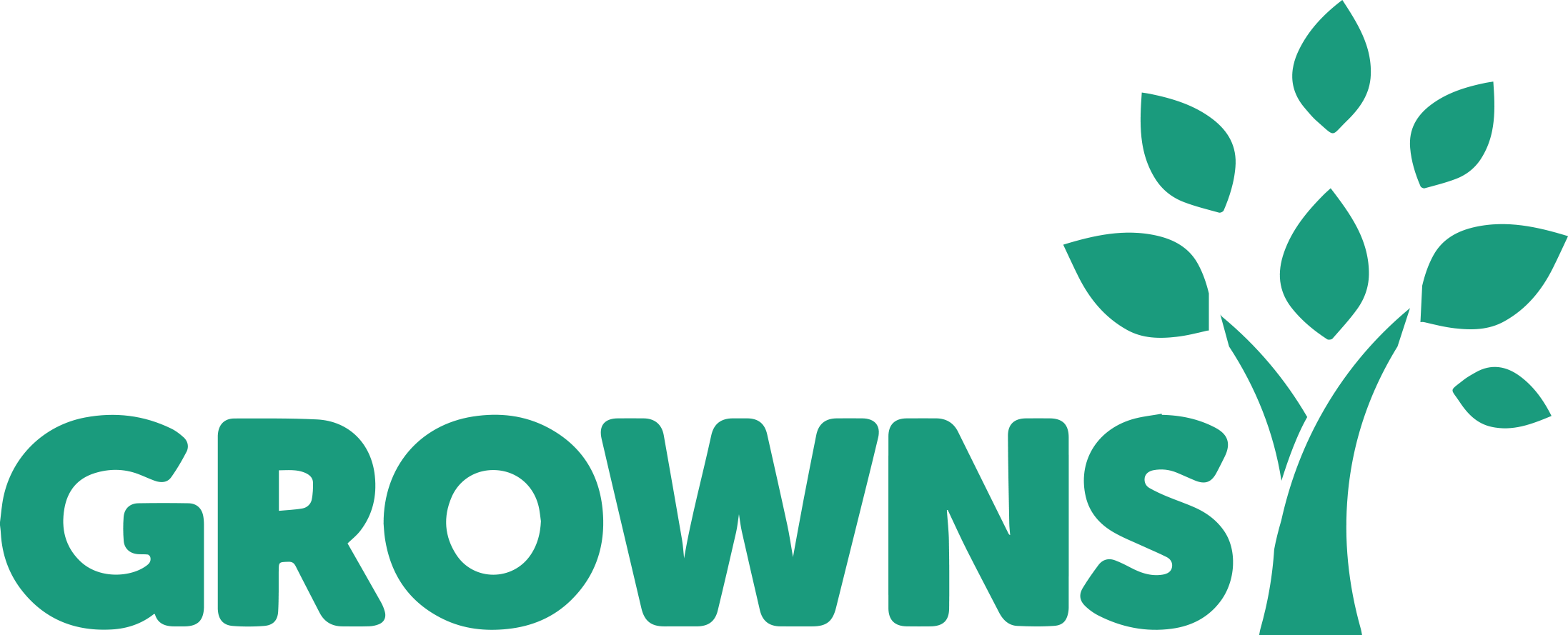From birth to 1 year old is the fastest age for children to grow and develop. This is not only reflected in the height and weight, but also in the development of sports, because the development of sports is carried out under the control of the brain and nerve centers and muscles.
The development of infant movements is closely related to the development of the infant’s body, the brain and the nervous system. The development of infants and young children’s movements includes large movements and fine movements. Generally speaking, they follow from simple to complex, from front to back, from generalization to accuracy. The law from incoordination to coordination.

Therefore, the development of "big movement and fine motor" is an important aspect of the examination of the intelligence development of infants and young children.
Let’s talk about the development of children’s sports with everyone today
1. Babies and young children's "big movement" key developmental movements Big movement is the movement of the human body's "big joints", usually including: spine movement, upper limb movement, lower limb movement, specific movements include: lying, turning, climbing, sitting, standing, walking .
2. The nurturing strategy for infants and young children's "big exercise" development (laying, turning, climbing, sitting, standing, walking).
Lie down: Lie on your stomach and raise your head. Starting from 15 days to 3 months after birth is the first skill for the baby's "big movement" development. All babies are encouraged to have a certain amount of time on their stomachs every day.
Prone posture, the first thing to practice is to look up and look around, which is the first step for your baby to understand the world. Lying more often does not mean that you continue to lie down for a long time. You can lie down for a while, take a break, then lie down later, and repeat it many times.
Training method: Choose about 1 hour before breastfeeding. When lying on the back, raise both hands over the head to help turn over into a prone position. Mom puts out her fingers from under the baby’s armpits and lifts her chin, and keeps her head off the bed for a few seconds. Bell. Shake the toy in front of its head for 30 seconds each time.
Turn over: Turn over and start training in 4-6 months
Training method: Mother holds the right upper arm with the left hand, and the right calf with the right hand. At the same time, both hands gently turn to the left. Use toys to tease and turn around.
Climbing: crawling, start training in 7-9 months
Turning over and crawling can increase muscle strength, promote physical coordination, and stimulate sensory development. Standing up and crawling are not compulsory courses for humans, and some children will skip these two processes.
Training method: Put the baby's hands and feet in a good posture. You can hold the chest with both hands for support. Adults use toys to tease in front. They require hands and knees or hands and feet to crawl, the torso is raised, and the abdomen must be lifted away from the wound to crawl forward.
Sitting, standing, and walking are compulsory courses for the "big movement" of human beings. Infants and young children can sit, stand, and walk alone to sit, stand, and walk alone, which are usually completed within 12 to 18 months.
Sit up to sitting alone, usually 4-6 months to start training
Training method: Separate the baby's legs, put both hands between the legs, leaning on the sofa or cushion behind the back to prevent falling back, and use toys to tease him to raise his head. Try to gradually open the cushions and try to sit alone.
Support station to stand alone, usually start training in 7-9 months
Training method: Sit in a small bed or a fence, use toys on the edge to encourage your baby to stand up. Without the help of an adult, you can pull the fence to stand upright completely and stand firmly on the bed with your feet.
Gradually on the ground, the mother stood opposite to hold the baby's hand, waited for the baby to stand firmly, let go of her hands and hug, strengthen the protection to increase the baby's sense of security, do not fall, some children are timid, some The manager who falls down will refuse to try to stand alone again, as long as he can stand for 1-2 seconds.
Walk alone to walk alone, usually start training in 10-12 months
Training method: The walking training requires the adult to be opposite to the baby, not behind the baby, the way of holding the armpit with both hands is wrong, and the baby's pace will be uncoordinated.
The adult is standing in the sight of the opposite baby, holding the baby's hands with both hands and letting him start to move with the mother's movement. After practice, the mother gradually reduces the support and does not use force, letting the baby move forward by himself. It then develops to gently hold the baby with one hand forward, and the baby moves in coordination by himself.
The child who can walk has completed more than half of the development of his big movements. Since then, the world is under his feet, and the sense of independence has also increased. It is no longer a baby who allows his parents to take the nose to walk.




Comments (0)
There are no comments for this article. Be the first one to leave a message!